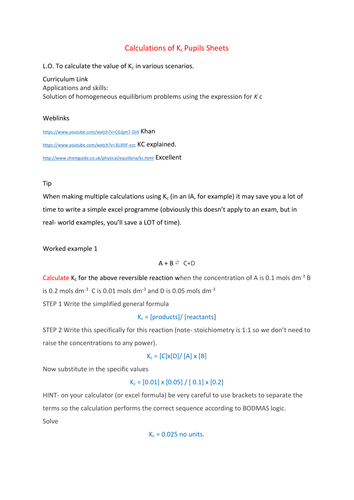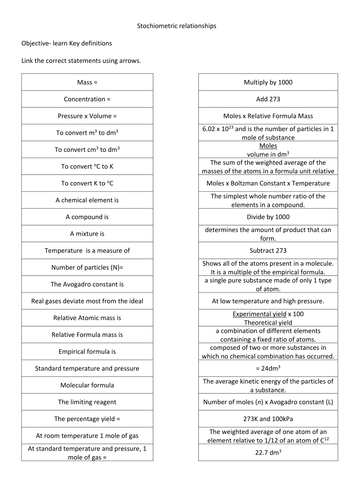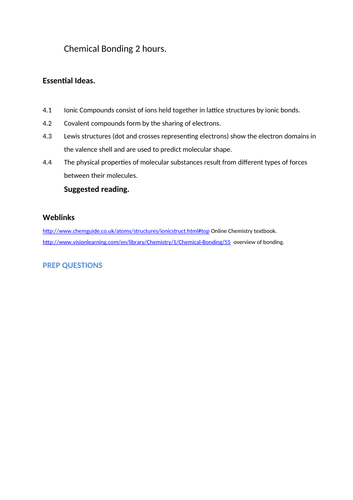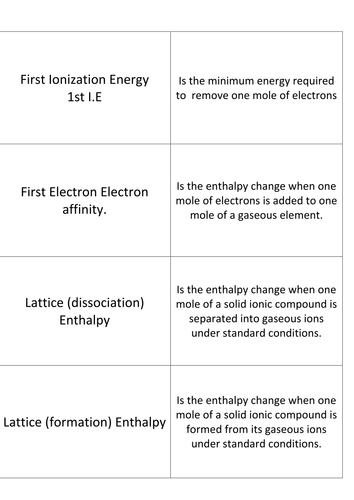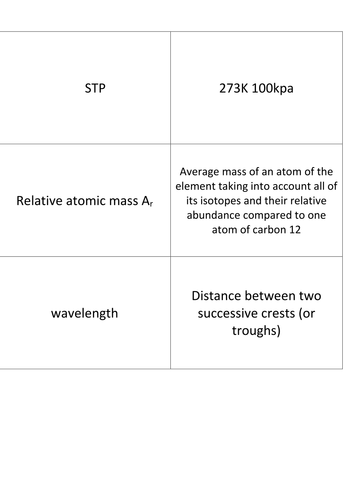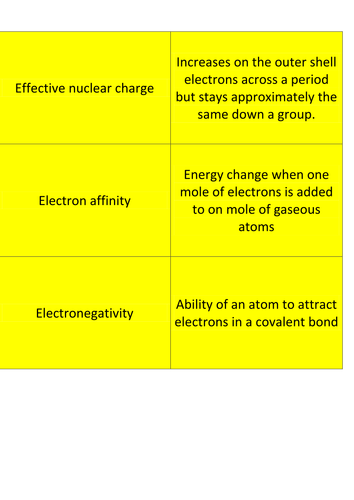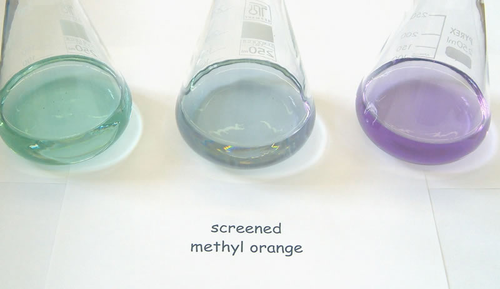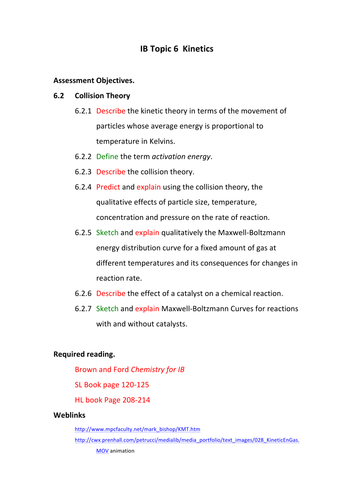Pablo Boldetti's Shop
All of my resources are priced at the minimum allowed by TES, they aren't trendy or earth shattering, they are a backbone to build the finesse onto, or, if it's period 7 on a Friday, you've got 300 reports still to write, a dozen UCAS references AND you need to set cover for a colleague who's sneezed twice and is off all week, they will serve well enough at an advanced FOFO level.





